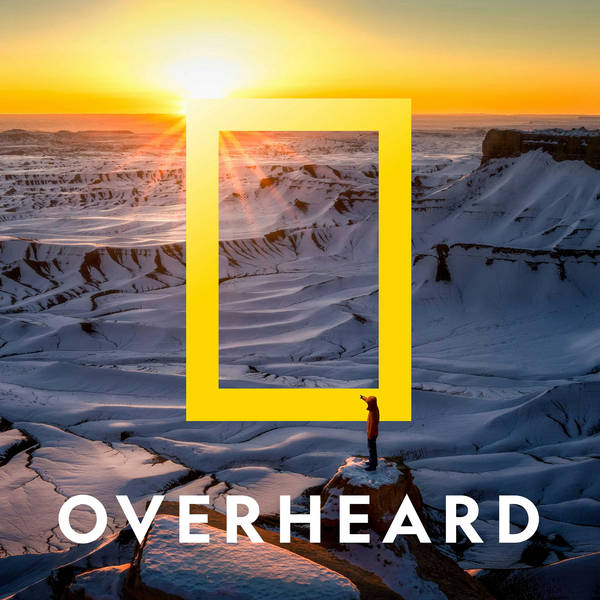
How Black Climbers Are Closing the Adventure Gap
Ever since Edmund Hillary and Tenzing Norgay reached the summit of Mount Everest, there has been a long list of firsts: the first ascent without supplemental oxygen, the first in winter, and the first full ski descent, to name a few. The first Black climber reached the roof of the world in 2003. But until this year, no team of Black climbers had done it. Meet one of the climbers in the Full Circle Everest expedition, and learn why he hopes this historic accomplishment shows that Black people belong in outdoor recreation too.
For more information on this episode, visit natgeo.com/overheard
Want more?
Read more about Full Circle Everest, the revolutionary team that made history on the world’s highest peak. And go deeper with James’s podcast episode featuring an interview with Demond “Dom” Mullins, as well as James’s website The Joy Trip Project and his book The Adventure Gap.
Black Americans make up just two percent of National Park visitors, according to a 2018 report. Read about how the National Park Service is trying to live up to its credo to provide “Benefit and Enjoyment of the People”—all people.
Income disparities and an inability to take time off work can restrict people of color from outdoor recreation. Follow a group of people strapping on crampons and climbing frozen waterfalls for the first time.
Also explore:
Check out other groups—like Outdoor Afro and Melanin Base Camp—dedicated to diversifying the outdoors.
See Everest from above. Panoramic drone photography shows what it’s like to stand on the roof of the world.
In 2021, researchers announced a new height for Mount Everest: 29,031.69 feet above sea level. Learn how they arrived at such a precise measurement, as well as the biting-cold, middle-of-the-night ascent that made it possible.
Everest may be the world’s tallest mountain, but K2 is often called the most dangerous. In another Overheard episode, we chronicle the all-Nepali team that climbed K2 in winter, something that had never been done before.
If you like what you hear and want to support more content like this, please consider a National Geographic subscription. Go to natgeo.com/exploremore to subscribe today.
Learn more about your ad choices. Visit podcastchoices.com/adchoices
